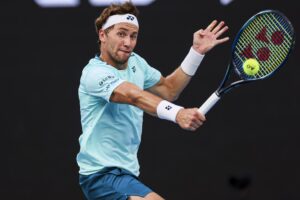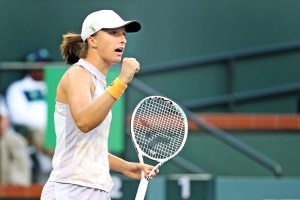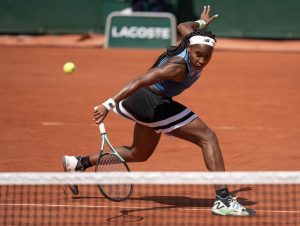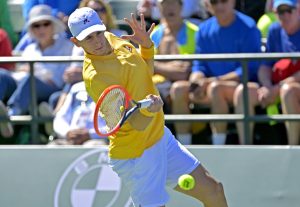Alexander Zverev is arguably one of the best upcoming players on tour, many whom of which, including myself, have predicted the nineteen-year-old to become the next World #1.
Nonetheless, up until now, the hard-hitting German has come up short from fulfilling the prophecy quickly. It is a harsh statement on the talented kid, but with the type of skills he possesses, it is frustrating to see that with just a couple of “tweaks” in his game, he can rapidly jump up the rankings and start consistently racking up wins against the top 10 players.
After carefully watching his encounter against Rafel Nadal, where the German led the Spaniard two sets to one on Saturday during their third-round match at the Australian Open, it became clear what he needs to become the best player in the world.
He needs to learn how to serve
Many might wonder, why does he need to learn how to serve if Zverev already has one of the fastest on tour?
Well, serving is not just about punishing the ball as hard as you can. It can take years of experience to learn how to master the ability, especially in knowing when to use the different types in various situations.
For example, let us take a look at some of the highlights from the match vs. Nadal.
If you have a carefully watch Nadal, you can see that he is positioned well behind the baseline when he returns the serve. The former World #1 does this to ensure he will have enough time to answer the German’s explosive stroke.
However, as the match progresses, the experienced Spaniard starts feeling more and more comfortable with his return, as the German continues to pound the ball senseless, the same way throughout the entire match.
Typically, returning “flat” serves becomes routine, because without continuously mixing it with, for example, “kick” (topspin) or “slice,” in the long run, the hard-hitting just becomes ineffective, especially when you play a five-set match.
If the talented youngster had varied the different types of serves against Nadal, the situation would have forced the Spaniard to stand closer to baseline, giving him less time for whenever Zverev surprised him with the “flat” serve or even at least get him to think something different was headed his way.
Like the serve, no variety from the baseline
Zverev has one of the best two-handed backhands on tour. I still have not seen a player capable of overpowering the nineteen-years-old.
However, the young German needs to learn how to change rhythms during rallies. Players, particularly experienced ones, get used to the ball’s speed and spin.
At first, they will struggle, like Nadal did when he was two sets to 1 down; but as the match progresses, they will start getting accustomed, and at some point, they will be able to manage the speed without too much difficulty.
Zverev, like with the serve, needs to put his slice and a high topspin ball into the mix; this will keep players from “easily” staying within the baseline “comfort zone,” a rhythm in which the most patient wins, instead of who’s playing the smarter tennis.
The young right-hander possesses all the abilities to become the best player in the world. However, he just needs to start to think outside the box and become a much more creative player when he plays against the toughest opponents on tour.
Main Photo:






